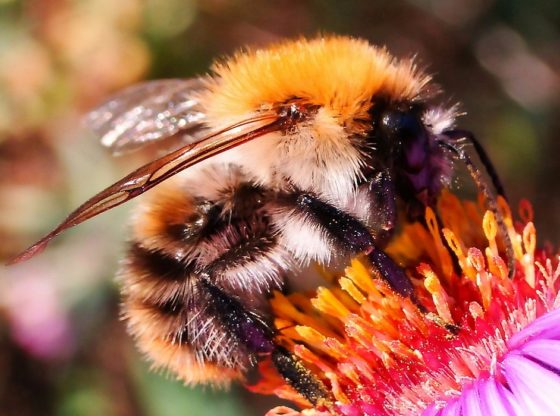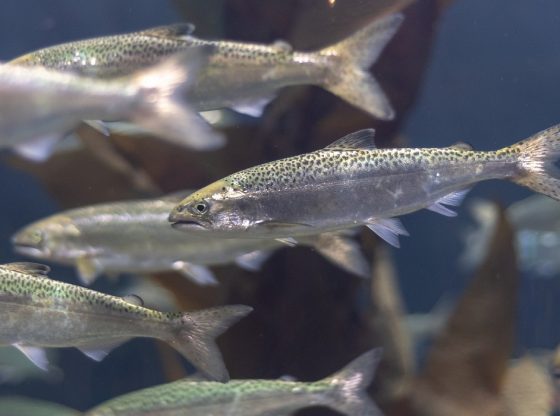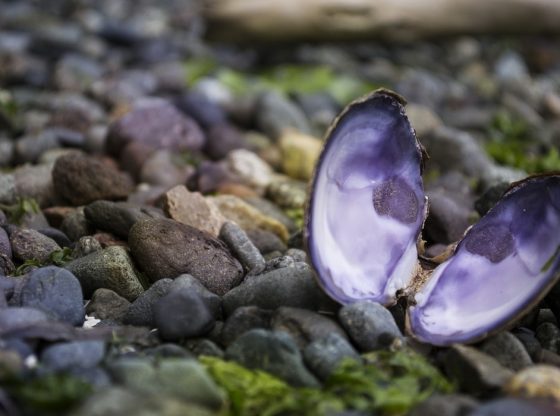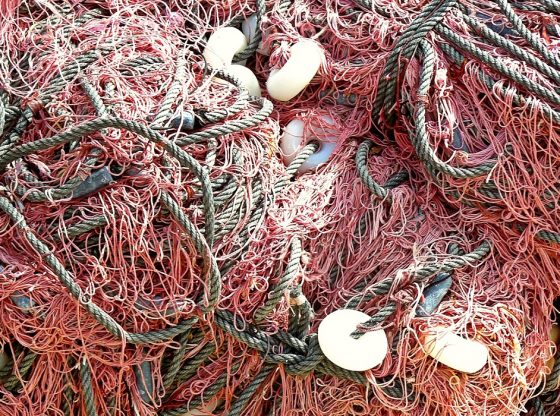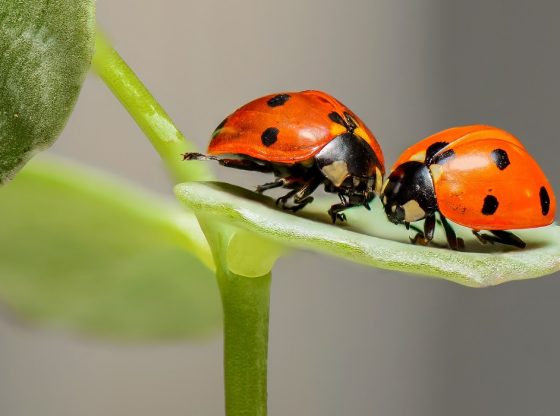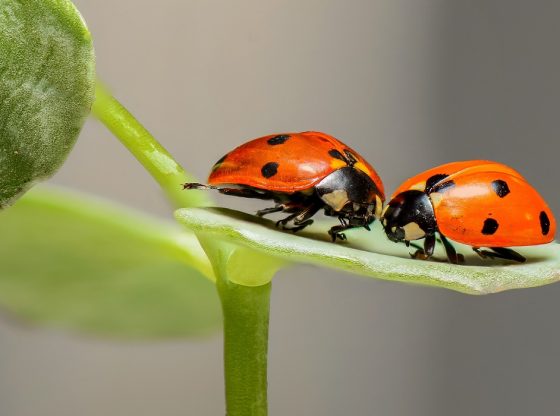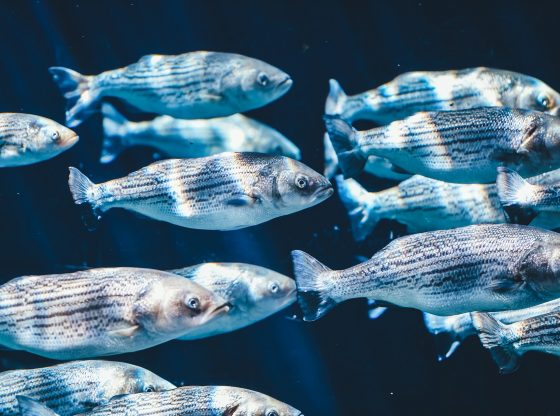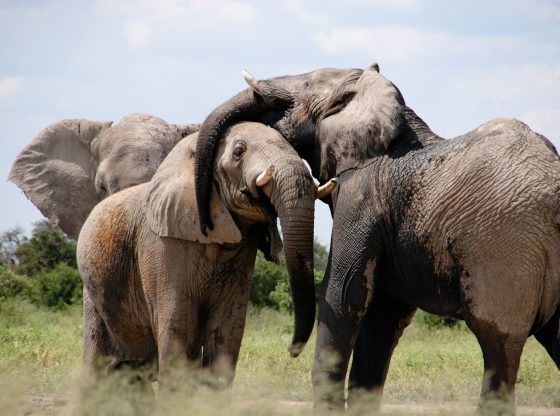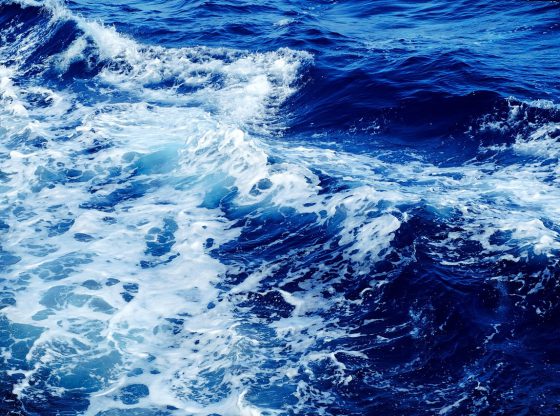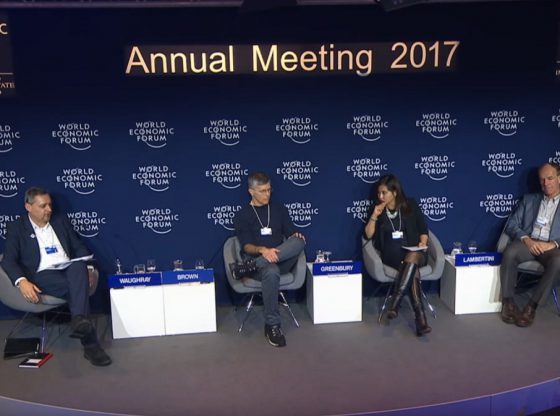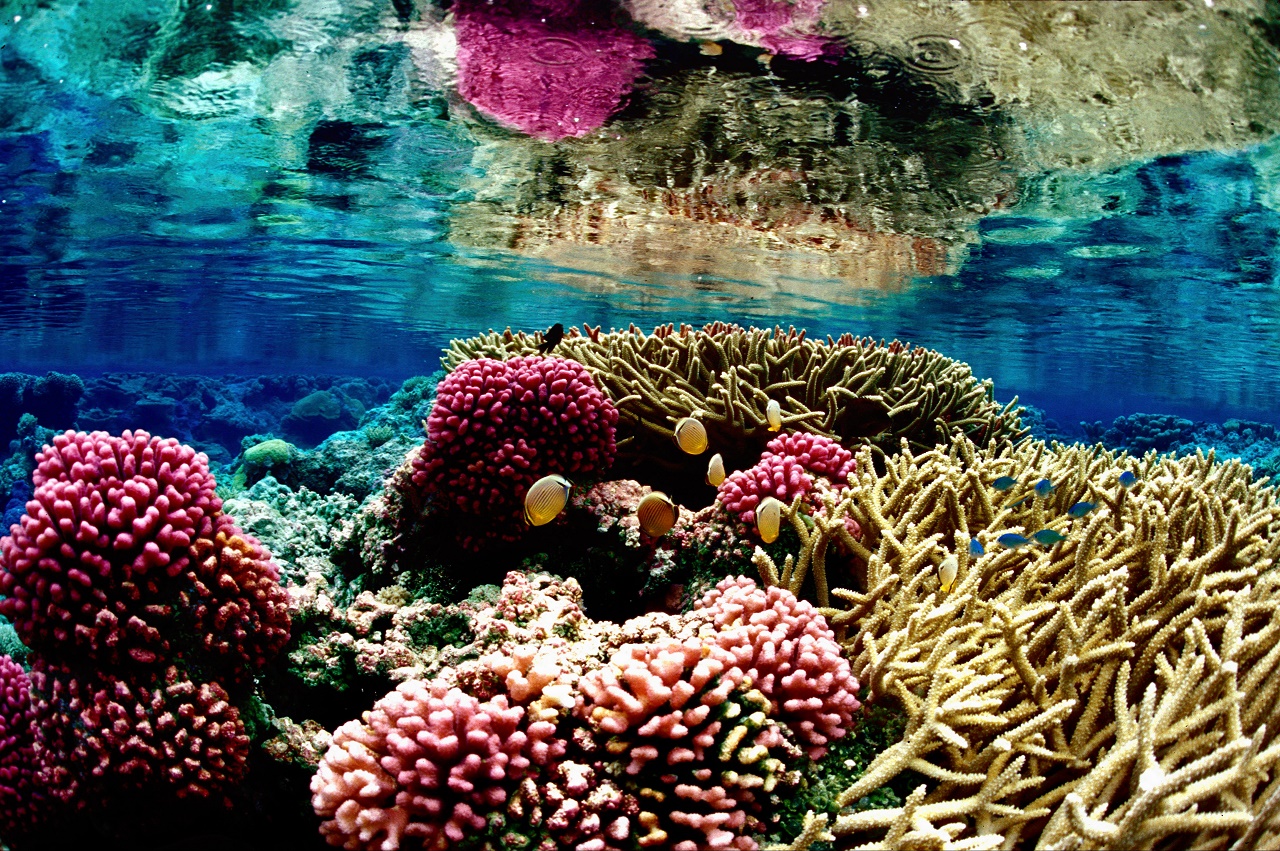
The coral reefs are dying. Overfishing and eutrophication, along with warmer water temperatures due to global warming are killing the coral. Adding to this, bacteria threaten already weaken corals. New research details what is required to help save the coral reefs.
A newly published very large and comprehensive study details what is threatening the world’s coral reefs. A team of American researchers spent three years conducted field studies and simulated the environment for which the corals are exposed today, and in the future.
The study shows that overfishing and eutrophication, combined with higher sea temperatures, are the main threats to coral reef survival. While bacteria takes advantage of the situation and attack the corals with weakened defense.
Coral
Coral organisms, also called polyps, can live on their own but are primarily associated with the spectacularly diverse communities of calcium carbonate, or reefs, that they construct.
Some corals feed on small fish and plankton, using stinging cells on their tentacles, most corals, however, obtain the majority of their energy and nutrients from photosynthesis.
Corals that require sunlight to grow, naturally prefer clear and shallow water, typically at depths no more than 60 meters (200 feet).
Other corals do not rely on zooxanthellae can live in much deeper water, with the cold-water genus Lophelia surviving at depths of 3,000 meters (9,800 ft).
Besides the more famous tropical reefs such as the Great Barrier Reef of Australia, corals have been found as far north as the Darwin Mounds, northwest of Cape Wrath, Scotland.
Effects
A part of the study was constructed to further understand eutrophication and the depletion of coral reefs at the Florida Keys. A team of scientists thereby constructed a simulated the environment by which they were able to test different environmental variables.
It turned out that when the researchers took away the algae-eating fish in the test environment and let the algae roam free, coral death increased eight times. This, in turn, led to bacteria, which are usually not a threat, to attack the already weakened coral so severely that the all died.
The researchers also showed that sea temperature is a crucial factor in the whole process. The researchers noted that over 80 percent of corals died in the summer and early autumn when the sea temperature was the highest.
These individual factors have long been known to scientists but there are mechanisms that underlie that had not previously been studied in detail. Combined effects that are new to the researchers.
Seafood downed instead helped
The researchers made a surprising discovery as it turned out that parrotfish, which usually makes the corals a favor by removing algae, instead of damaged coral that was already weakened.
When the researchers exposed the corals of enormous stress and then let parrotfish remove algae from the corals, 62 percent died.
The reason for this was the corals were so damaged by pollution and eutrophication that when the fish began feeding, they damaged the corals that enabled bacteria to enter, according to the researchers.
Coral bleaching a separate process
In addition to the damage the corals were exposed to, extensive coral bleaching already threatens coral reefs today.
Coral bleaching is a result of global warming leading to a rise in sea temperature. The weather phenomena such as El Niño today has already caused coral bleaching in large areas of the world’s largest coral reef, the Great Barrier Reef in Australia.
The increasing ocean acidification due to rises in carbon dioxide levels exacerbates the bleaching effects of thermal stress. Acidification affects the corals’ ability to create calcareous skeletons, essential to their survival.
WWF-Australia has released this video and photographs of the bleaching showing a wide variety of corals being impacted. Lizard Island in far north Queensland is experiencing the worst coral bleaching since 2002 is a major concern for the Great Barrier Reef.
The Future Holds?
Most researchers agree that we will probably get a completely different diversity of our coral reefs in the future. We will not be able to stop coral reefs from dying but we are able to mitigate the effects.
Corals that grow deeper stand a greater survive but death at the shallower water will probably not be stopped. Reefs will not look the same. It is a serious change that will happen and it affects not only corals but other wildlife as well.
The excellent PBS Youtube show It’s Okay To Be Smart, asks Can Coral Reefs Survive Climate Change? in this video.
_______________
Overfishing and nutrient pollution interact with temperature to disrupt coral reefs down to microbial scales
______________________________

